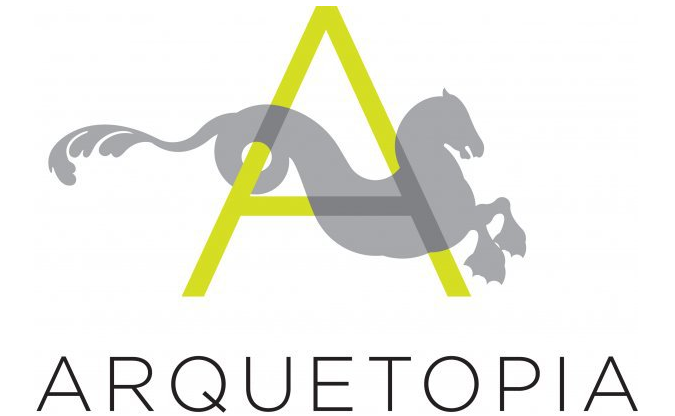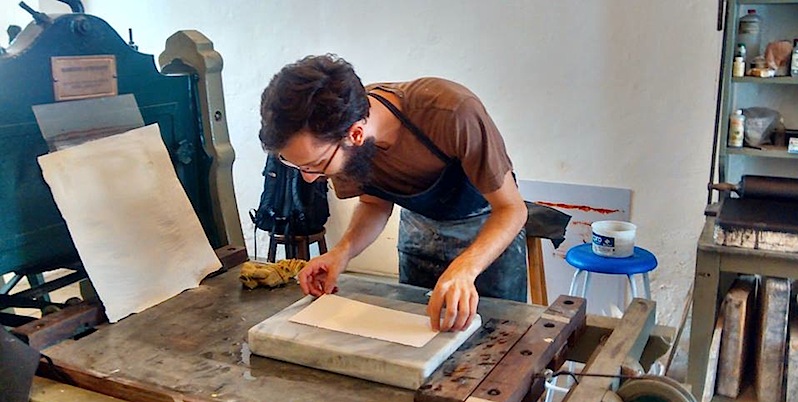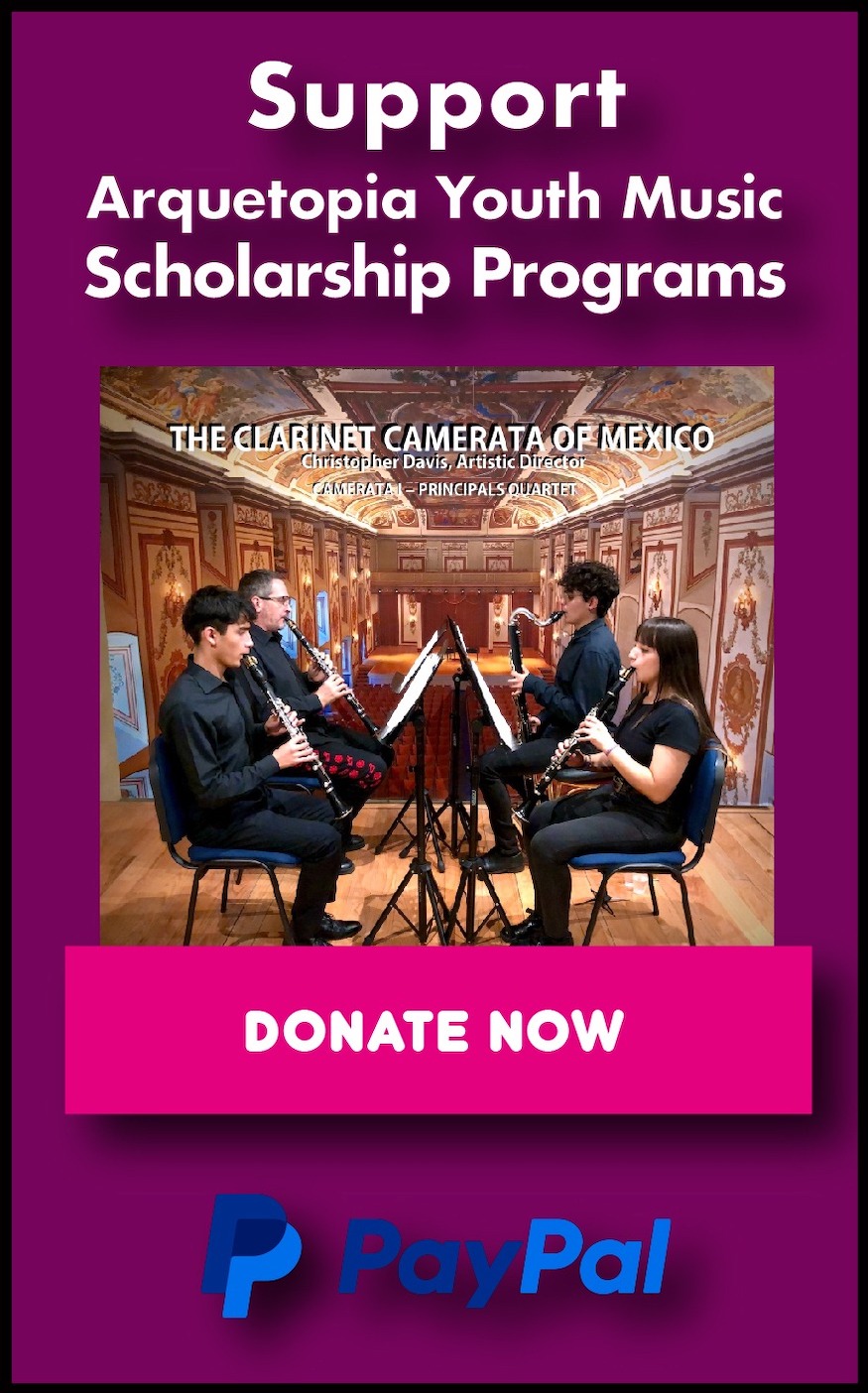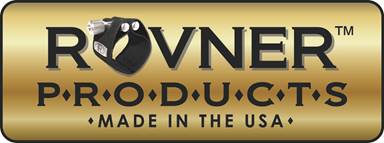The Imprint of Resistance:
Printmaking Program

Note: This program includes tutorial sessions (12 hours) and supervision by our master printer but is non-instructional. For other programs with master instruction in specific techniques, we offer the Electroetching Instructional Program and the Natural Ink Silkscreen Instructional Program in Puebla, Mexico.
This comprehensive, customized residency program offers competitive professional opportunities for emerging and mid-career national and international artists and designers aged 20 and over. In addition to individual mentoring from our directorial and curatorial staff—providing personalized research assistance, resources, project guidance, and critique—participants work independently on-site at Arquetopia.
Printmaking has played a crucial role in shaping collective identities, a concept explored by Benedict Anderson in Imagined Communities, where he argues that printed culture was fundamental to the creation of modern nationalism. By standardizing language, disseminating ideas, and making information widely accessible, print media allowed individuals to imagine themselves as part of a broader community, even without direct interaction. In Mexico, printmaking has historically functioned as both an artistic and political tool, fostering a sense of shared identity through the circulation of images and texts. From early broadsheets to contemporary prints, it has enabled mass communication and public engagement, reinforcing a collective consciousness that transcends regional and social divisions.
This deep entanglement between printmaking and social discourse has profoundly influenced the development of modern and contemporary art in Mexico. The work of José Guadalupe Posada and the Taller de Gráfica Popular laid the foundation for a print tradition rooted in political critique, merging contentious realities with artistic innovation. This legacy continues to shape the often tense relationship between art and activism, as printmaking remains an accessible and collaborative practice that amplifies marginalized voices. The print shop, as a grassroots space for dialogue, fosters ongoing conversations on social issues while producing a vast artistic output. From relief printing and intaglio to screen-printing and lithography, Mexico’s printmaking tradition endures as a vital medium for cultural and artistic exchange, continually adapting to new contexts while preserving its historical significance.
José Guadalupe Posada’s graphic work not only shaped Mexican visual culture but also anticipated cinematic techniques through its dynamic composition, sequential storytelling, and dramatic sense of movement. As Charles Ramírez Berg argues in Every Picture Tells a Story: José Guadalupe Posada’s Protocinematic Graphic Art, Posada’s broadsheets functioned like early film frames, guiding the viewer’s eye through unfolding narratives of revolution, social critique, and satire. His use of bold contrasts, exaggerated gestures, and layered imagery created a sense of motion, immersing the audience in scenes of everyday life, political upheaval, and the macabre. This proto-cinematic quality, combined with the rapid reproducibility of printmaking, made it an inherently revolutionary medium—one that challenged dominant power structures by reaching mass audiences with accessible, subversive imagery. The immediacy of printed images, much like early cinema, allowed for a visceral engagement with political and social realities, amplifying the voices of the disenfranchised. By merging popular aesthetics with sharp political critique, printmaking remains a powerful force that transcends time and geography, making historical struggles and contemporary injustices visually urgent and emotionally resonant.
José Guadalupe Posada (1852-1913): “Detalle del Espantoso y ejemplar suceso
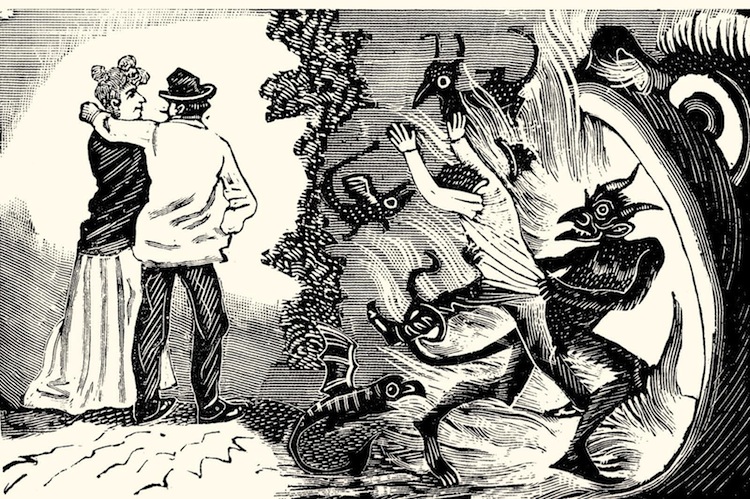
1. The Connectivity of Concepts
The Printmaking Program invites participants to engage with a dynamic and multifaceted approach, where historical, cultural, and artistic contexts of printmaking are explored in depth. Through self-reflection and personalized mentorship, participants examine how their creative practices intersect with broader social, political, and historical forces. The program emphasizes the integration of hands-on print production with conceptual exploration, encouraging participants to critically reflect on their work through ongoing dialogue and feedback with mentors. This approach fosters an understanding of how printmaking functions within global cultural conversations, challenging dominant narratives and opening space for new, transformative perspectives in the field. Through this process, participants are empowered to reshape their artistic practice in ways that respond to and challenge traditional notions of printmaking, contributing to a broader, evolving discourse in contemporary art.
2. The Practice of Unlearning
The Printmaking Program invites participants to critically examine the ideological legacies embedded in printed culture, recognizing how printmaking has historically served as both a tool of power and a means of resistance. Through personalized mentoring, participants explore how colonial histories, labor structures, and the sentimentality produced through nationalism in the 19th century have shaped printmaking—not only as a technique but as a vehicle for constructing and disseminating dominant narratives. Printmaking has influenced contemporary notions of authorship, artistic agency, and access to information. This process of unlearning challenges participants to interrogate these inherited structures, dismantling assumptions about craftsmanship, reproduction, and the authority of the printed image. By engaging with the historical, political, and ideological dimensions of printmaking, participants reclaim traditional methods while developing a more conscious and critical approach to the medium. This reflection fosters a deeper connection to both personal and collective histories, positioning printmaking as a space for reimagining narratives, challenging hierarchies, and expanding the possibilities of contemporary artistic expression.
3. The Rhythm of Creating
In the Printmaking Program, rhythm serves as a space for participants to explore the intersection of technique, materiality, and historical and cultural contexts that shape their work. Through hands-on experimentation with various printmaking methods, participants engage in a fluid, intuitive process where artistic exploration, technical precision, and conceptual inquiry converge. This approach encourages an ongoing dialogue between making, reflecting, and discovering, transforming printmaking into an active site of inquiry. Intuition, rather than rigid intention, guides participants in rethinking historical narratives, deepening their understanding of printmaking processes, and forging new connections between traditional practices and contemporary artistic expression. In this dynamic environment, participants learn to navigate the evolving rhythms of printmaking, merging personal insight with collective memory to shape their artistic practice.
4. The Ethics of Movement
The Printmaking Program invites participants to critically engage with the ideological legacies embedded in printed culture, using Nicholas Mirzoeff's concept of "the screen" as a framework to understand how printmaking has historically functioned as both a tool of power and a site of resistance. According to Mirzoeff, images—whether printed or digital—act as "screens" through which power is exercised and meaning is constructed. In the context of printmaking, colonial histories, labor structures, and 19th-century nationalist sentimentality have shaped the medium as a mechanism for constructing and circulating dominant ideologies. From the control of visual culture in colonial Mexico to the constructed portrayals of national identity in the post-independence era, printmaking has not only defined ideas of authorship and artistic agency but also mediated public access to information. This process of unlearning invites participants to interrogate these “screens,” questioning the authority and reproduction of images while dismantling ingrained assumptions about craftsmanship and cultural narratives. By engaging with the political, historical, and ideological dimensions of printmaking, participants are encouraged to reclaim traditional methods and develop a more critical, conscious relationship to the medium. This reflective process repositions printmaking as a space for reimagining narratives, challenging hierarchies, and expanding the scope of contemporary artistic expression, ultimately offering a platform to resist the restrictive structures of visual culture.
The Printmaking Program is a 4-week mentored, supervised production program that provides a unique opportunity to create work on-site at Arquetopia. Available techniques include intaglio, linoleum, woodcut, polyester plate, silkscreen, and the rare opportunity to work with a specific lithography stone from Mexico. The maximum dimensions for the lithography printing press are 27 x 19 inches, and for the etching press, 24 x 45 inches. This program is designed for experienced printmakers only and does not include immersive instruction.
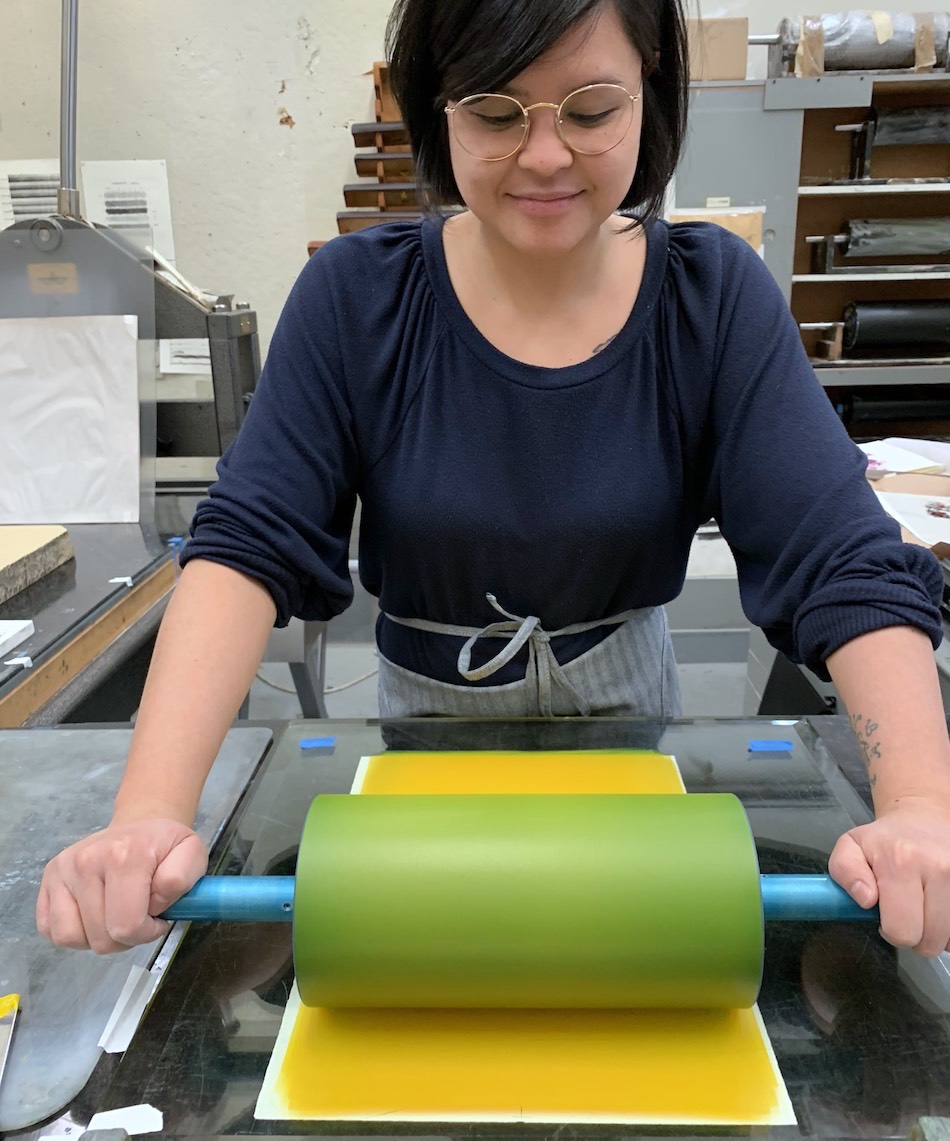
Arquetopia’s on-site Printmaking facilities

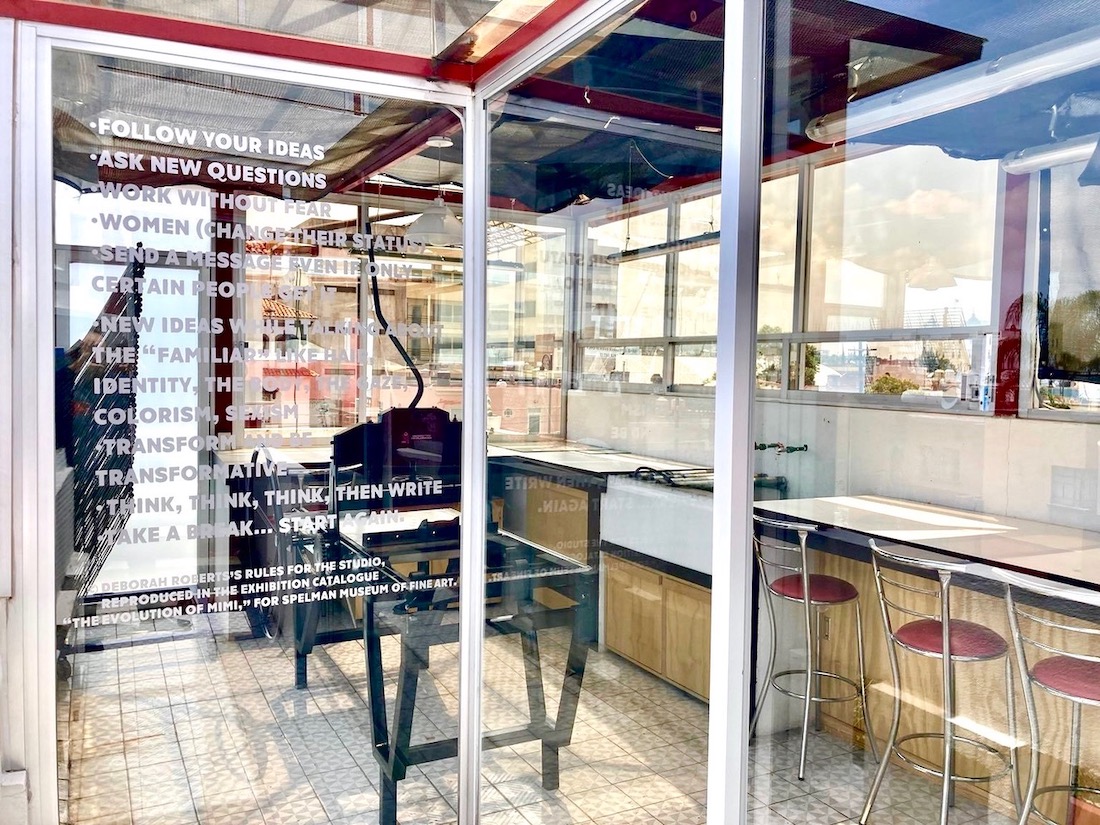
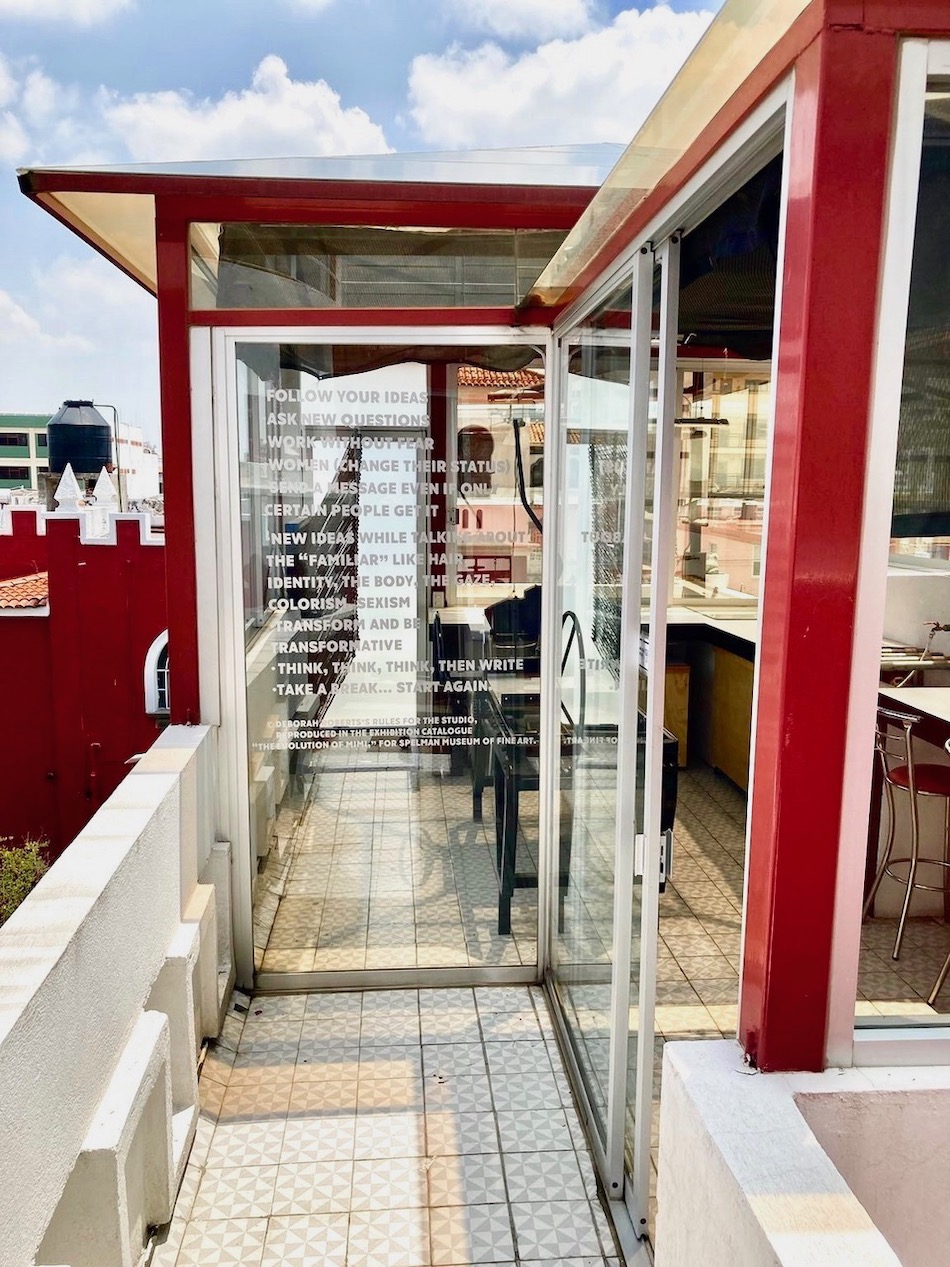
WHAT THIS COMPREHENSIVE MENTORED, NON-INSTRUCTIONAL PROGRAM INCLUDES
- Tutorial sessions (12 hours) provided by our master printer
- A weekly meeting with our directorial and curatorial staff for personalized mentoring, research assistance, project guidance, and critique
- Furnished, private bedroom
- 24-hour access to the kitchen for participants to prepare their own meals; meals/food are the participant’s responsibility
- Wireless Internet
- Use of Arquetopia’s common spaces including outdoor terraces
- Shared, serviced (single) bathrooms with modern fixtures and showers
- Housekeeping
- Bright and spacious on-site printmaking facility with 24-hour access
- 24-hour access to large and bright, shared main art studio with generous natural light
- Personal workspace with a large table and wall space
- Some materials and supplies provided
- Some printmaking materials are not included (paper, plates, certain inks, screens); participants bring these or purchase them locally
Click here to apply for this mentored, non-instructional program.
